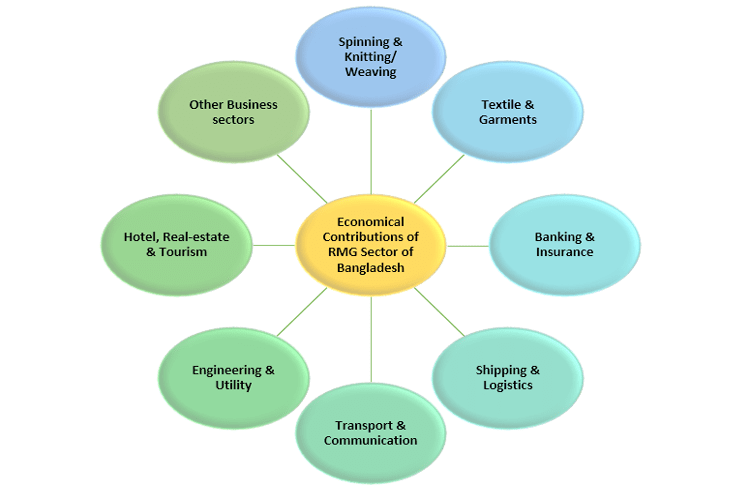Best 10 Most Profitable E-Commerce Strategies
Best 10 Most Profitable E-Commerce Strategies Md. Joynal Abdin* Business Consultant & Digital Marketer Co-Founder & CEO of Bangladesh Trade Center In the realm of modern business, e-commerce has become a cornerstone for profitability and growth. The digital landscape presents…
Read More











 by
by